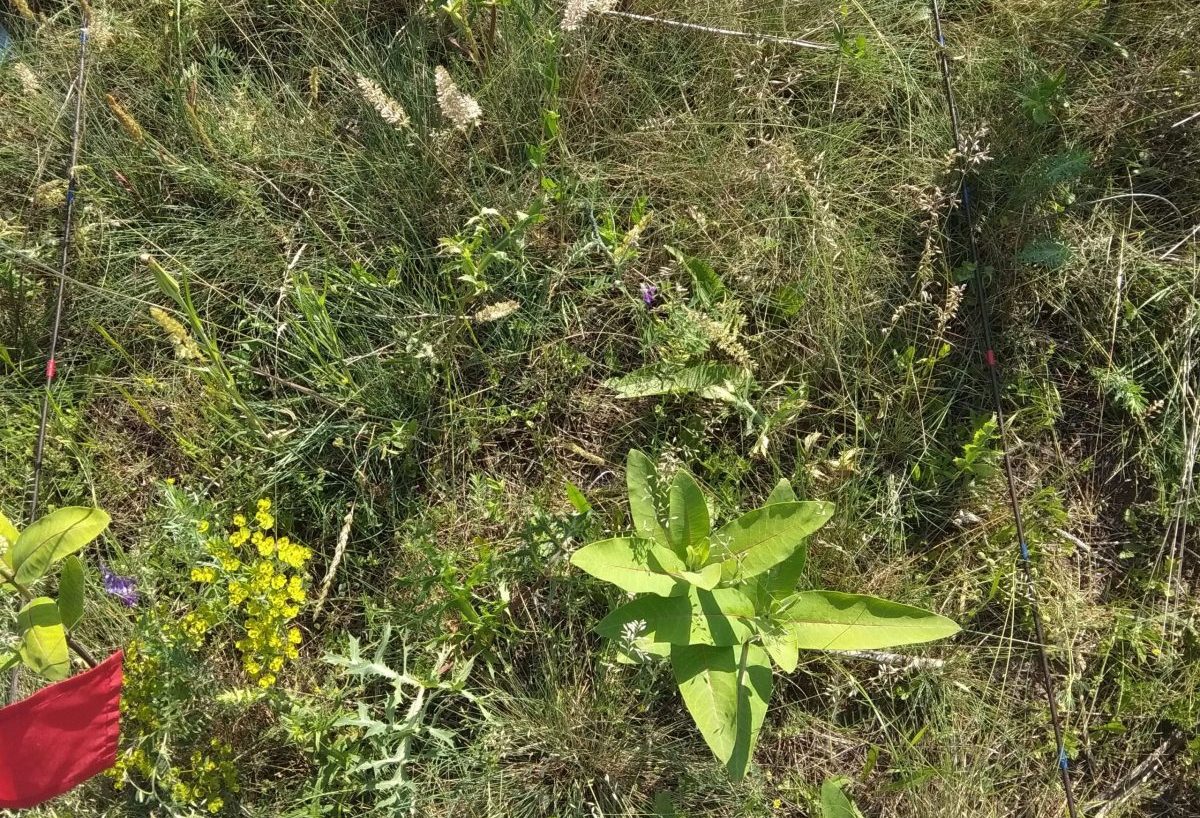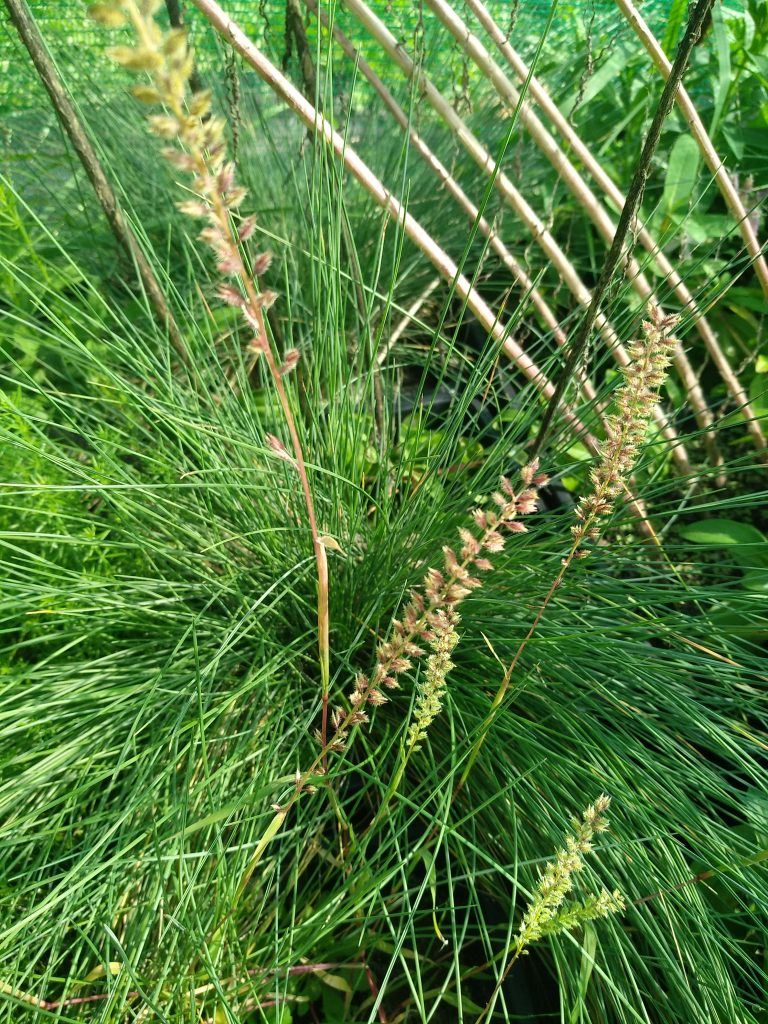
Biological invasion is considered to be one of the main drivers of biodiversity loss with potential negative socio-economic impacts. Invasive alien plant species are well adapted to rapid establishment and exploitation of the resources of disturbed environments, therefore disturbed and intensively managed habitats may support high levels of invasive species. Ecological restoration – defined by the Society for Ecological Restoration as the process of assisting the recovery of an ecosystem that has been degraded, damaged or destroyed – is increasingly recognized as a relevant tool to combat land degradation and biodiversity loss, and also invasive alien species. As the invasion problem becomes increasingly serious, there is an urgent need to develop more innovative, effective and proactive strategies to help improve the resistance of restored communities to invasion, limiting the establishment and further spread of invasive alien species.
Based on a systematic review and meta-analysis of published studies on seed-based ecological restoration experiments, a research team led by Melinda Halassy (National Laboratory for Health Security Invasion Biology Division, Centre for Ecological Research, Hungary) aimed to demonstrate the potential of functional similarity, seeding density and priority effects in increasing invasion resistance.
In order to develop a prevention and mitigation strategy, it is necessary to understand the processes underlying biological invasion and resistance to invasion. The success of invasive alien species can be explained by the invasiveness of the species, the invisibility of the resident community and propagule pressure. The susceptibility of community to invasion, or its opposite, the ability of communities to resist invasion depends on the competitive ability of the resident community. Several factors can be responsible for the invasion resistance, such as the diversity or, more importantly, the functional diversity of resident communities, the presence of competitive dominant or rapidly developing native species that can exploit resources more fully or rapidly, limiting the potential for invaders to establish. Recently, functional similarity, propagule pressures and priority effects have become the focus of attention in attempts to explain resistance to invasion and to promote the restoration of invasion-resistant communities.
According to the limiting similarity hypothesis, species that use the same resources similarly cannot coexist stably, thus, in theory, integrating native species into restoration that are functionally more similar to known high-risk invasive alien species could lead to better resistance to invasion. High propagule pressure increases the chances of establishment, niche occupation and resource acquisition, therefore, density-driven suppression of invasive alien species is possible by increasing the seeding density of native species to match the propagule pressure of invasive alien species. Finally, priority of arrival has the advantage of early resource acquisition, which can strongly influence competition and survival, and thus ensuring the priority of native species; for example, by assisted dispersal, can be used to create communities that are more resistant to invasion.
The quantitative review of 48 papers indicate the potential of seed-based ecological restoration in controlling the establishment and growth of invasive alien species. Giving priority to native species was found to be the best approach in increasing invasion resistance that can reduce the performance of invasive alien species by more than 50%. Even a short-term advantage (as little as one week) can strongly favor native species, but the priority effect can be strengthened by increasing the time advantage. Seeding functionally similar species generally had a neutral effect on invasive alien species. High-density seeding is effective in controlling invasive alien species, but there can be thresholds above which further increases in seeding density may not result in increased invasion resistance.

Based on these results, the first step to prevent and mitigate the spread of invasive alien species is to create priority for the establishment of native species. This requires minimizing disturbance, reducing the propagule pressure and entry of invasive alien species, and introducing native species as soon as possible after disturbance. Native priority can be best increased by the early introduction of early-emerging, fast-growing native species and high-yielding communities. Seeding of a single species with high functional similarity to invasive alien species is unpromising, and instead, preference should be given to high-density multifunctional seed mixtures, possibly including native species favored by the priority effect. It is important to note that even combining the best methods to increase invasion resistance would not result in the complete elimination of invasive alien species, but would limit their biomass and seed production, reducing the risk of further invasion.
The study also highlights the need to integrate research across geographical regions, global invasive species and potential resistance mechanisms to improve the predictive capacity of invasion ecology and to identify best restoration practices to prevent and control invasive alien species.


